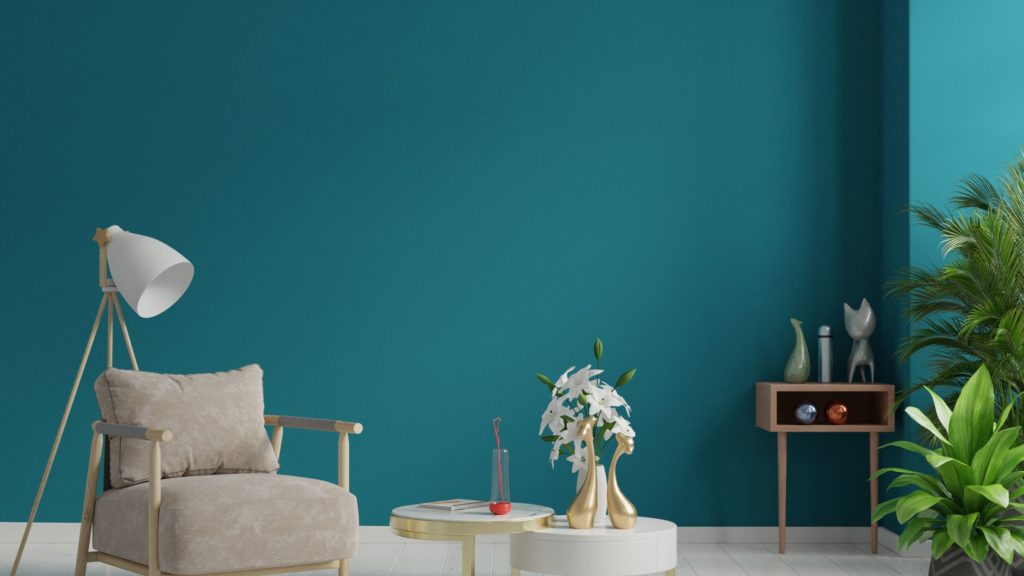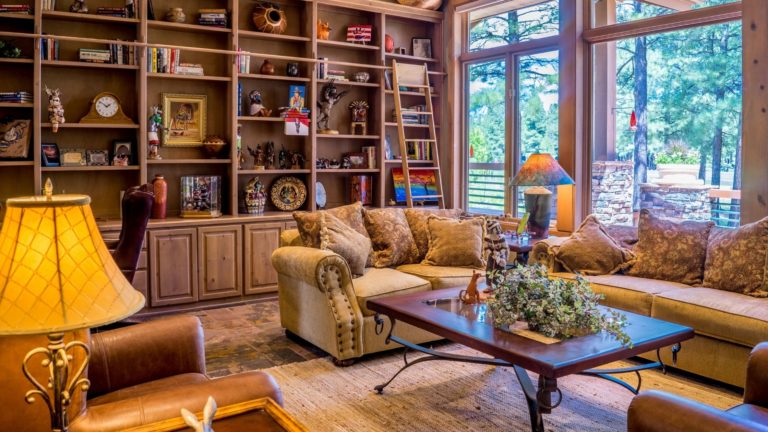In the vast world of interior design, there’s a delicate balance to strike between monotony and mayhem. Enter the challenge of mixing patterns and textures—a task that can either make a space come alive or descend into chaos. To perfect this art, one must cultivate a discerning eye and adhere to certain principles. So, let’s delve into the nuanced world of combining patterns and textures without overwhelming a space.
1. Start with a Base Color
Before you begin playing with patterns and textures, establish a base color for your space. This color should be neutral—think whites, beiges, or soft grays. It acts as a canvas, allowing the patterns and textures you introduce to stand out without clashing.
2. Variety is the Spice of Life
Variety doesn’t just refer to the number of different patterns and textures you incorporate but also to their scale. A common mistake is using patterns that are too similar in size. By diversifying — for instance, pairing a large floral design with a smaller geometric pattern — you avoid overwhelming the eyes.

3. Texture Matters
Textures can be as impactful as patterns when used correctly. The feel and appearance of materials, from rough to smooth or shiny to matte, can bring depth and character to a room. For instance, a velvet couch against a rustic wooden wall not only offers tactile variety but also creates visual interest.
4. Maintain a Consistent Theme
Although it’s tempting to throw in every pattern and texture that catches your eye, it’s essential to maintain a consistent theme. If you’re going for a modern look, opt for geometric patterns with sleek materials. For a more bohemian flair, paisley or floral designs with rich, layered textures might be more appropriate.
5. Use Patterns as Accents
Patterns don’t always have to dominate a space. Sometimes, they can serve as subtle accents that enhance rather than overpower. Consider using patterned cushions, throws, or even a piece of wall art to introduce a pattern without making it the room’s focal point.
6. Balance is Key
While it’s important to incorporate various patterns and textures, it’s equally crucial to allow areas of rest for the eyes. Too much can lead to a cluttered look, so ensure there are spaces where patterns and textures are minimal. This balance ensures that while the eye is drawn to the layered designs, it also has areas of relief.
7. Nature as Inspiration
Nature offers a treasure trove of patterns and textures that harmoniously coexist. Think of the patterns on leaves, the textures of tree barks, or the ripples in water. Taking cues from nature can provide insights into mixing and matching without creating discord.
8. Practice Layering
Layering isn’t just about placing one pattern or texture on top of another. It’s about understanding how different patterns and textures interact. For instance, a patterned rug can be complemented by textured pillows and throws. This kind of layering adds depth without cluttering the space.
9. Trust Your Instincts
While these guidelines offer a starting point, the ultimate judge should be your personal sense of style and comfort. If something feels too busy or out of place, it probably is. On the flip side, if an unexpected combination feels right, trust your instincts.
10. When in Doubt, Seek Feedback
Sometimes, we can be too close to a project to see it objectively. If you’re unsure about your patterns and textures, seek feedback. Friends, family, or even professional designers can offer a fresh perspective and help you fine-tune your space.
11. Embrace Negative Space
Negative space, or the empty space around and between the subject of an image, plays a vital role in design. When mixing patterns and textures, it’s essential to understand that not every inch of a room needs to be filled. Just as a painter understands the importance of whitespace in a canvas, an interior designer must respect the power of negative space in a room. By intentionally leaving areas unadorned or minimally decorated, you allow patterns and textures to breathe, making them stand out more and ensuring the room doesn’t feel cluttered or chaotic. Remember, sometimes less truly is more.
12. Anchor with Solids
While patterns and textures can bring a room to life, solid colors play an equally crucial role in grounding a space. Think of solids as the anchors: they provide stability amidst the sea of patterns and textures. For instance, if you have a boldly patterned wallpaper, consider pairing it with solid-colored furnishings or curtains. This approach ensures that the patterns don’t steal the entire show and that there’s a balance between movement (patterns) and stability (solids). Without these anchors, a space can easily drift into a visual overload, so always ensure you have a few solid elements to bring balance and harmony.
In Conclusion
The art of mixing patterns and textures is a dance of contrasts, balances, and harmonies. When done right, it brings dynamism and depth to any space, turning it from ordinary to extraordinary. The key is to experiment, learn from every design endeavor, and never be afraid to challenge the norms. In the end, the most beautiful spaces are those that resonate with the personality and passions of those who inhabit them.


